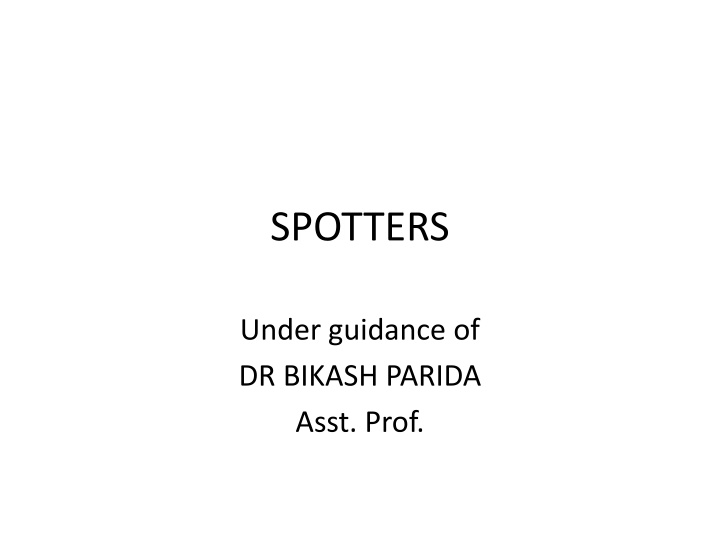
Bone Disorders Overview: Osteopetrosis, Melorheostosis, Osteopoikilosis & More
Explore rare bone disorders like Osteopetrosis, Melorheostosis, and Osteopoikilosis. Understand their causes, symptoms, and imaging findings. Learn about Thimble Bladder condition.
Download Presentation

Please find below an Image/Link to download the presentation.
The content on the website is provided AS IS for your information and personal use only. It may not be sold, licensed, or shared on other websites without obtaining consent from the author. If you encounter any issues during the download, it is possible that the publisher has removed the file from their server.
You are allowed to download the files provided on this website for personal or commercial use, subject to the condition that they are used lawfully. All files are the property of their respective owners.
The content on the website is provided AS IS for your information and personal use only. It may not be sold, licensed, or shared on other websites without obtaining consent from the author.
E N D
Presentation Transcript
SPOTTERS Under guidance of DR BIKASH PARIDA Asst. Prof.
Osteopetrosis AKA: Albers-Sch nberg Disease = Marble Bone Disease Rare hereditary disorder with defective osteoclast function and overgrowth of bone: which become thick, dense and sclerotic results in brittle bones Mandible : triangular opacity representing calcification within the secondary condylar cartilage ossification center. Defective dentition with incomplete enamel formation and denatal caries.
poorly pneumatized paranasal sinuses (ethmoid sinuses least severely affected) Calvarium : high-attenuation inner table, a broad, low- attenuation diploic space, and a less high-attenuation outer table Hair-on-end appearance : areas of increased haematopoietic activity.
MELORHEOSTOSIS One of a rare group of sclerosing bone disorders Produces thickening of the endosteum and periosteum and common in lower extremities. Monostotic, monomelic or polyostotic Candle-wax appearance (classic)
Osteopoikilosis Uncommon benign sclerosing bone dysplasia with an autosomal dominant inheritance It is characterized by the presence of dense spots that are round, oval, or lanceolate, with their long axes parallel to the long axis of the bone. They are usually uniformly dense, and are grouped towards the end of long bones and pelvis. The skull, ribs, and vertebrae are usually spared. The patients may also have disseminated white spots on the skin called dermatofibrosis lenticularis disseminata.
Thimble Bladder Markedly contracted and small capacity urinary bladder, with diffuse asymmetric bladder wall thickening. Proximal hydroureteronephrosis is seen bilaterally.
